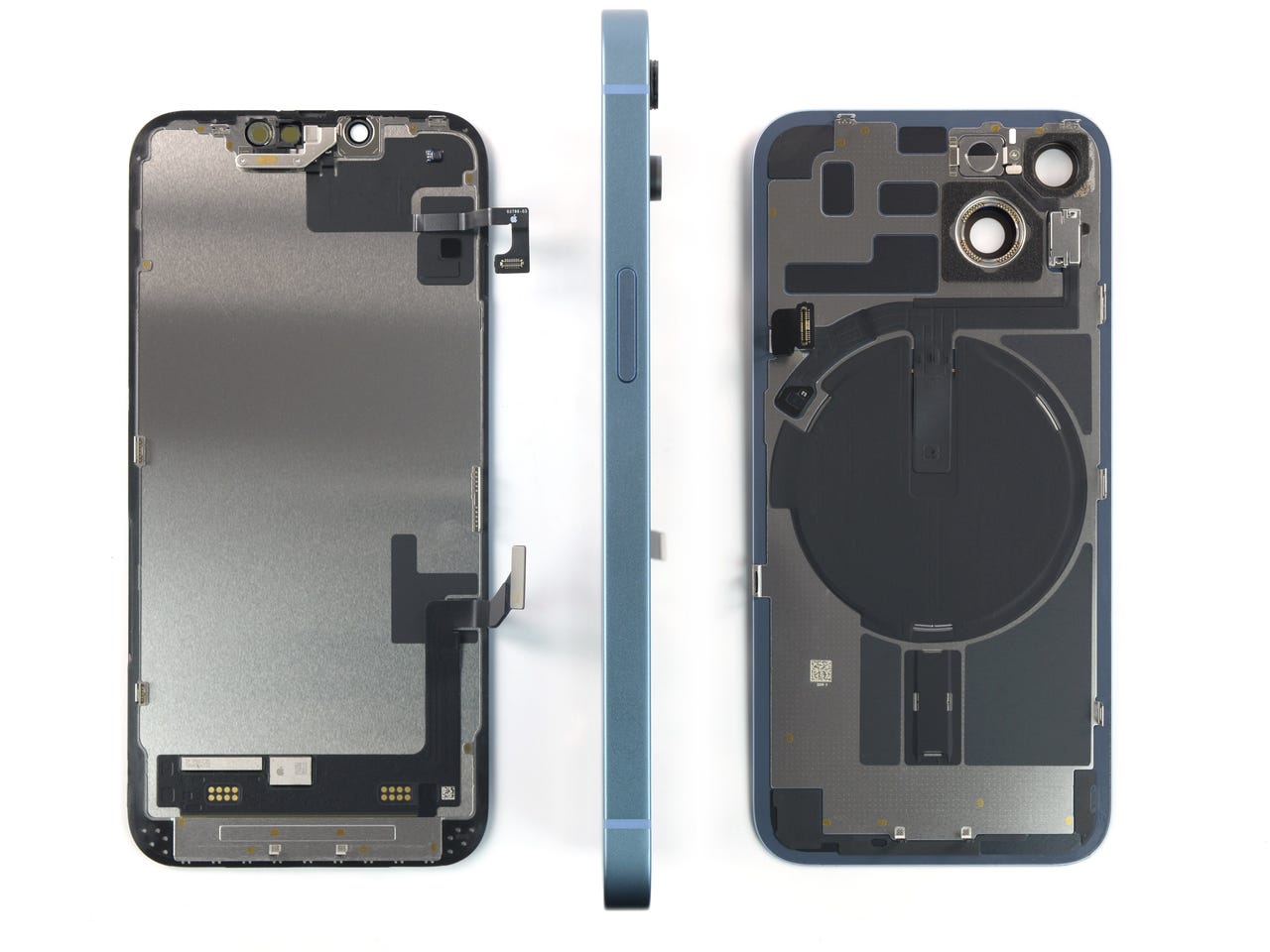'ZDNET Recommends': What exactly does it mean?
ZDNET's recommendations are based on many hours of testing, research, and comparison shopping. We gather data from the best available sources, including vendor and retailer listings as well as other relevant and independent reviews sites. And we pore over customer reviews to find out what matters to real people who already own and use the products and services we’re assessing.
When you click through from our site to a retailer and buy a product or service, we may earn affiliate commissions. This helps support our work, but does not affect what we cover or how, and it does not affect the price you pay. Neither ZDNET nor the author are compensated for these independent reviews. Indeed, we follow strict guidelines that ensure our editorial content is never influenced by advertisers.
ZDNET's editorial team writes on behalf of you, our reader. Our goal is to deliver the most accurate information and the most knowledgeable advice possible in order to help you make smarter buying decisions on tech gear and a wide array of products and services. Our editors thoroughly review and fact-check every article to ensure that our content meets the highest standards. If we have made an error or published misleading information, we will correct or clarify the article. If you see inaccuracies in our content, please report the mistake via this form.
iPhone 14 is the most repairable iPhone since iPhone 7, according to iFixit


The new iPhone 14 has delivered a few new high-profile features, such as the emergency satellite message feature and the Dynamic Island. But perhaps one of the most intriguing updates is one that's not visible on the outside.
According to device-repair expert and 'right to repair' advocate iFixit, a closer look at the iPhone 14 shows it has actually been through a major internal redesign that makes it significantly easier to repair than its predecessors.
iPhone
As such, iFixit has given the iPhone 14 a repairability score of seven out of 10 -- the iPhone's best score since the iPhone 7.
Also: iPhone 14 Pro vs. iPhone 13 Pro: Is the newest iPhone worth the upgrade?
So, what's changed? The back panel can now be easily removed by repairers in addition to the screen, meaning the device can be opened from the front and back.
As iFixit CEO Kyle Wiens details in a blogpost, the back glass is secured with just "two screws and a single connector" that give repairers access to both the screen and back glass. Also, Apple appears to have used a "slightly less aggressive adhesive, making opening it up a tad easier than screens of yore."
The ability to remove both the screen and the back panel addresses one of the key repairability challenges with the iPhone. Since the iPhone 5, Apple has made the back optimized for battery and screen replacements, iFixit explains in a YouTube teardown demo.
"This advantage of the front optimized design of course is that it's harder to replace the back glass panel. This new design solves that problem but it wasn't easy. Achieving the high levels of durability that we've all come to expect, including drop resistance and torsional rigidity, is an incredible engineering challenge."
The more easily replaceable glass back panel is a big deal. As iFixit explains in its iPhone 11 and 11 Pro Max repairability scores, if the back glass breaks on those models, you need to remove every component and replace the entire chassis.
iFixit rightly asks why Apple didn't announce iPhone 14's improved repairability. After all, Apple recently announced its Self Service Repair program, which offers people repair manuals and genuine Apple parts and tools to fix their iPhones and Macs. (Apple has yet to release manuals and components for the iPhone 14 line.)
More: Here's everything Apple announced during its 'Far Out' event
iFixit does note one downside to Apple's repairability improvements for the iPhone 14's back panel. After installing a replaced back glass, Apple might require software-based activation.
"We are hearing reports that Apple is continuing their hostile path of pairing parts to the phone, requiring activation of the back glass after installation. You really shouldn't need Apple's permission to install a sheet of glass on a phone that you already own," writes iFixit's Wiens.
"Using software to prevent the use of aftermarket parts gets a big thumbs down from us. These locks are frustrating and ultimately futile – Apple simply can't control all the repairs that happen with their products, no matter how hard they try. We'll be reporting on parts compatibility a bit more after we finish our lab tests, unless Apple miraculously posts their service manuals."
Nonetheless, iFixit calls the iPhone the "most substantial iPhone redesign since the 10".